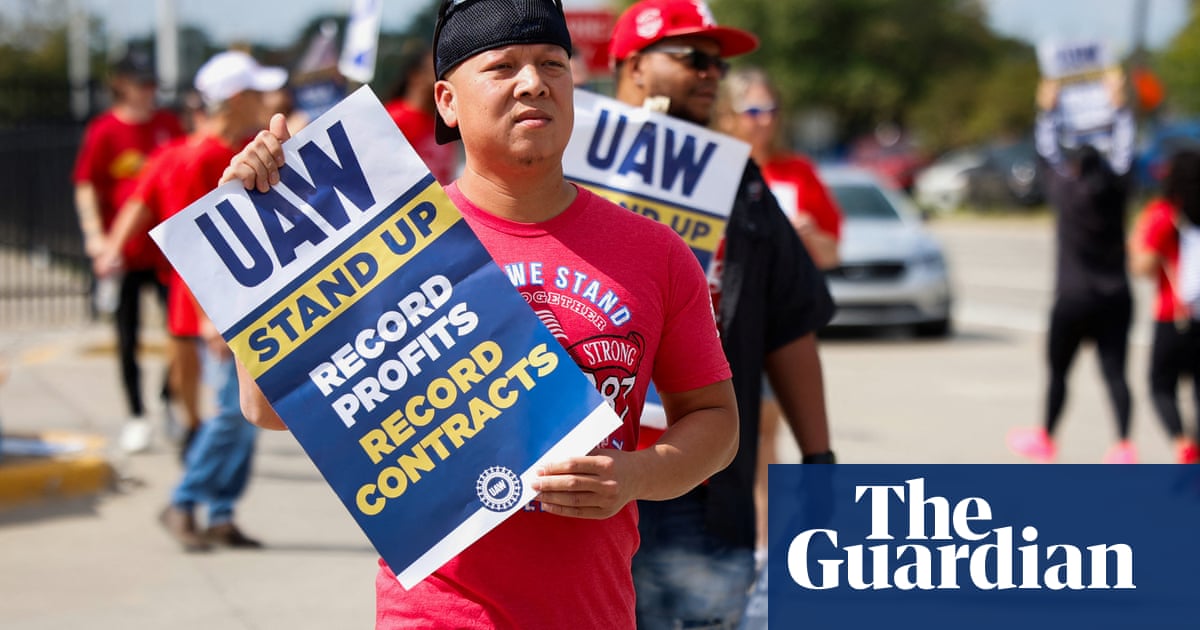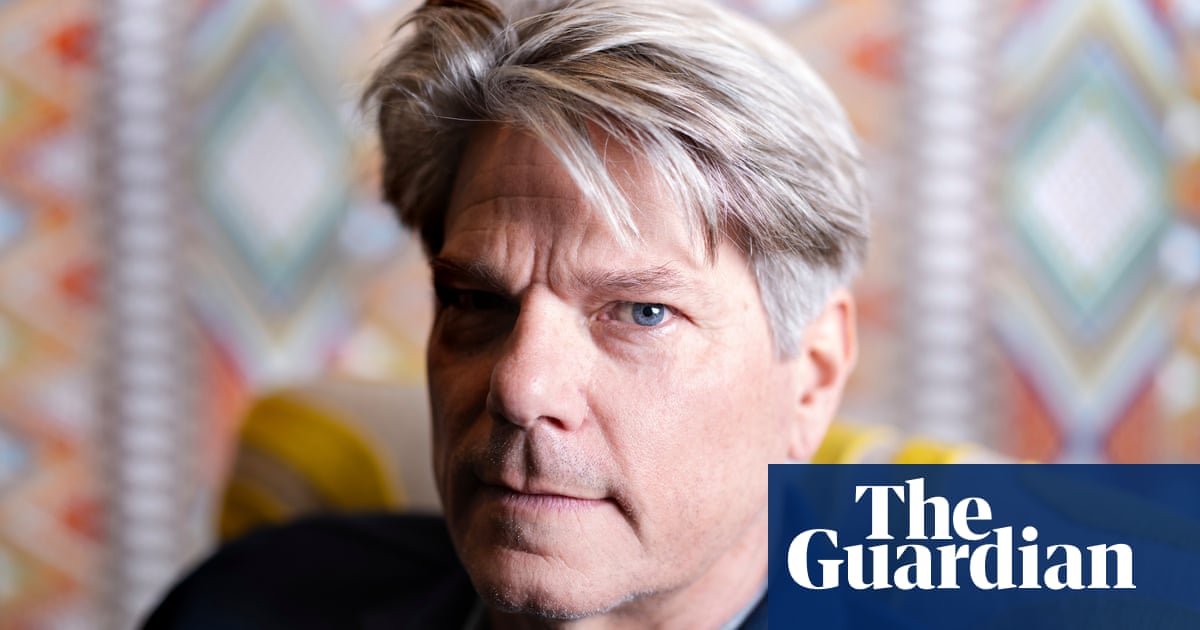
Public support for workers’ rights and pay equality may be growing but at least one group feels left out: Gen-Z professionals in the modern and comparatively nebulous field of online content creation and influence.
It’s a state of affairs that Lindsey Lee Lugrin, a former model with a degree in finance, plans to change with some collective organisation. She has launched an advocacy site, aptly titled F*** You Pay Me, on which influencers review and compare deals with brands, pay-scales and what it’s like to work with them.
Lugrin, 31, said: “All creative freelancers have the same problem: you feel like you’re looking into a black box when taking on a new client or a project. There are no rules, no transparency, talking about wage or salary is taboo, and there’s an element of fear that if you don’t say yes you could lose the opportunity.”
By some estimates, the influence economy has grown from $1.7bn (£1.24bn) in 2016 to an estimated $13.8bn (£10bn) this year. According to an analysis last year by influencer market firm Klear, male creators earned an average of $476 for each post and women $348.
But there are growing pains, with overnight stars on Instagram or TikTok wondering why they are paid a fraction of what influence superstars such as the D’Amelio sisters – Dixie and Charli – receive, while sites such as Brands Behaving Badly, We Don’t Work for Free and Influencer Pay Gap claim many mid-tier or micro influencers are being exploited.
“Influence marketing has gone from a peripheral add-on to being core to the way that brands reach consumers,” says social media marketing guru and former high-reaching “influencer mom” Stacy DeBroff, CEO of Influence Central. At the same time, there is a widening gap between influencer and brands’ payment expectations.
“Influencers perceive brands as being flush with money after curtailing marketing spending during Covid, and feel overworked and undervalued, and should be paid more. But brands have not loosened their spending and are only willing to pay more for super high-end influencers.”
Furthermore, influencers are being asked by brands to do more, including scripted product pitches and reshoots, while competing with millions of newcomers who may be willing to work for free because they’re trying to build their profile.
“It’s a jungle out there because you can overnight become a TikTok, Instagram or Twitch star with one viral video,” says DeBroff, pointing out that many influencers share the most they got paid, potentially distorting the market. “They don’t want to admit they did something on the cheap for a brand that’s really not worth it,” she says.
The situation is creating unrest, prompting influencers such as Lugrin, winner of the 2015 #CastMeMarc Instagram contest to be the face of Marc by Marc Jacobs, for which she was paid $1,000, to turn to collective organisation.
“People trust us and you can’t commoditise trust,” says Lugrin, while acknowledging that “its difficult to put a price on someone when you don’t come from traditional media”.
It’s an issue that many agents, lawyers, unions such as Sag-Aftra (the American Federation of Television and Radio Artists) and marketing firms, are attempting to resolve. Even 15-second TikTok dance challenges can take months to negotiate, only to fall apart.
At the same time, influencers say their demands are justified, given that brands are asking more from them in terms of more extensive licensing, ownership rights, or to move the post to paid advertising.
“They’ve got no problem spending enormous amounts on mega-influencers or celebrities but when it comes to mid-tier or micro-influencers they are really reticent,” says DeBroff.
For Lugrin, who last year wrote on her blog that FYPM was “birthed out of rage” and described herself as “just a young girl in a male-dominated corporate world trying to get dressed for work without being too cold, too cute, not cute enough or killing my feet”, the battle is only just beginning.
Being a Marc Jacobs model was “freakin’ thrilling and changed my life”, she says. But that was then and this is now. “At the time, people looked to brands for what was cool. But that’s not how it is today. The tables have turned, people look to influencers and the price needs to reflect that.”












